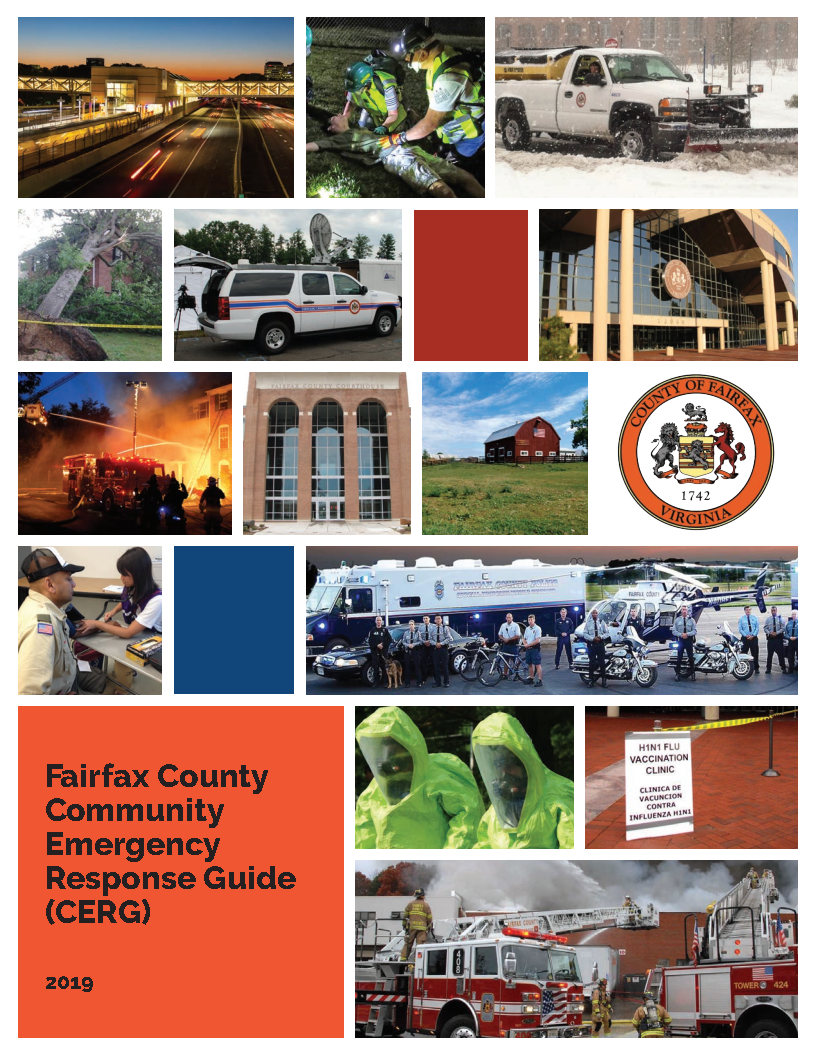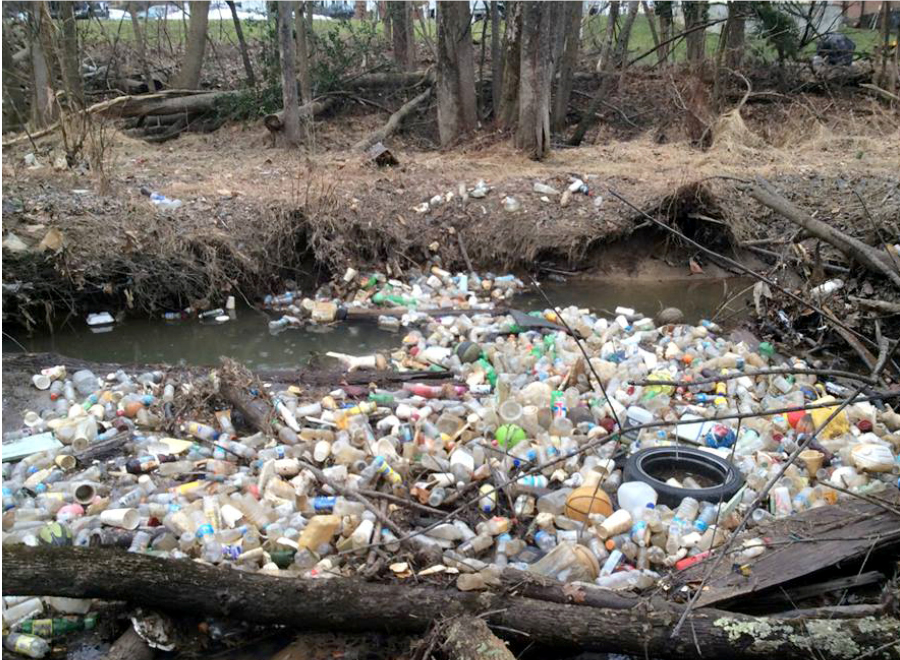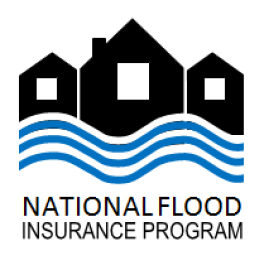Fairfax County participates in the National Flood Insurance Program (NFIP) Community Rating System (CRS) sponsored by FEMA since 1993.
Participation in the CRS is a service for county residents and provides an opportunity for property owners to purchase flood insurance for their buildings and contents at discounted rates. Since 2014, Fairfax County maintains a Class 6 CRS Rating which results in flood insurance premium discounts of 20% for County residents.
A newly written policy on a compliant building in the County will receive the CRS discount when the policy is issued. If a newly written policy qualifies to receive a statutory discount (e.g., newly mapped, preFIRM), then those discounts will be applied to the policy in addition to a CRS discount. The CRS discount is applied to the total of the building, contents, and premium after any mitigation discounts (e.g., flood vents) and before any statutory discounts, annual increase cap, and fees, surcharges, and assessments.
In RR 2.0, because the flood zone is no longer a rating variable, the discount that had applied to just SFHA policies now applies to all policies. Also, even though ECs are not required for policies in RR 2.0, they are required to ensure compliance with community floodplain management building requirements, which can affect eligibility for CRS discounts as an EC shows the location of a building, its Lowest Floor Elevation (LFE), its building characteristics, and flood zone. ECs can also be used to support requests for a Letter of Map Amendment (LOMA) or Letter of Map Revision based on fill (LOMR-F). ECs can be prepared by any Virginia licensed land surveyor and may cost $800 to $2000. Call the Stormwater Planning Division at 703-324-5500, TTY 711, or Land Development Services at 703-324- 1720, TTY 711, for information about the ECs the County may have on file.
Flood insurance is mandatory for properties located in a SFHA that are financed with federally-backed mortgages. This includes all loans from banking institutions with deposits guaranteed by the Federal Deposit Insurance Corporation.
Flooding is the most common natural disaster in Virginia. Repairs are expensive. One inch of water in a home or office may cause significant damage. Most homeowners’ insurance policies do not cover losses from flooding.
Property owners and residents are encouraged to contact their insurance agent to determine the extent of their policy coverage.
Flooding may occur at any time of the year. After applying for flood insurance, typically there is a 30-day waiting period before coverage begins.
Renters may buy flood insurance for personal belongings or business inventory. Coverage may include cleanup expenses and repair or replacement of such items as furnaces, water heaters, washers, dryers, air conditioners and freezers.
Flood insurance benefits do not have to be repaid. Flood related claims may be covered even if a disaster was not declared. Flood insurance may cover homes and businesses and protect the property owner’s financial security.





